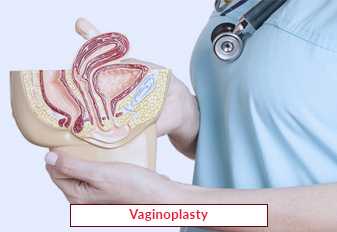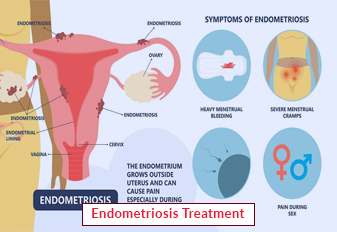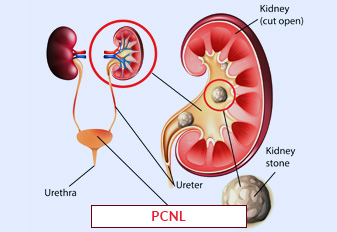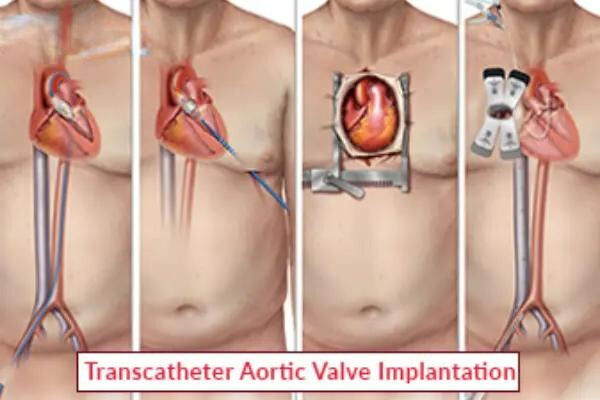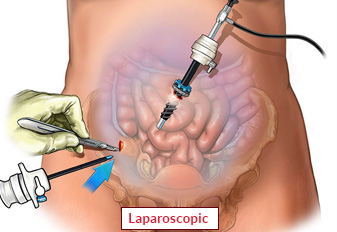Vaginoplasty treatment is a kind of surgery that includes the reconstruction of a woman’s vagina. The treatment is generally recommended to transgender women because they are born with male genitalia and want to transition to a female body. Hence, vaginoplasty is considered a medical technique that is performed to treat a woman’s vagina. The procedure is carried out by the gynaecologist to heal various conditions such as vaginall injuries, congenital abnormalities, vaginal laxity, pelvic organ prolapse, vaginal atresia, intersex conditions, etc.
Furthermore, the surgery is also suggested to those women who are suffering from vaginal injury or experiencing severe vaginal issues due to multiple births and certain conditions. The procedure can be performed using different methods, according to the woman’s body and their wants. After surgery, a patient needs proper time to recover and must follow a care plan to prevent complications and side effects. The procedure helps many women to gain confidence and feel more comfortable about their body formation.
What Conditions Does Vaginoplasty Treat?
A woman can opt for vaginoplasty for both purposes, whether it is functional or cosmetic. Functional purpose involves conditions like sexual intercourse or urinary incontinence. While cosmetic reasons include the formation of the vagina and how it feels. Various conditions can be treated with the help of vaginoplasty. These are as follows:
- Vaginal Childbirth: When women give birth vaginal, it affects the vagina and makes its muscle stretched and loose. Moreover, aging is also a reason to lose its tightness. These two can cause uncomfortable situations and badly affect sexual function and the vagina.
- Medical Conditions: Those females who are suffering from cancer need to undergo radiotherapy, and sometimes radiation therapies also affect the vagina. Therefore, it requires vaginal reconstruction to reshape your vagina.
- Congenital Conditions: Vaginoplasty is also helpful in treating certain congenital conditions like septate vagina, müllerian agenesis, cloacal malformation, vaginal atresia, and vaginal hypoplasia. All these conditions affect the normal structure of the vagina.
Benefits of Vagionoplasty Treatment
- Improved Sexual Function: It will help you in sexual satisfaction by increasing the friction and tightness. The effect of this procedure is an improved sensation for couples.
- Gender Affirmation: It will help transgender women by aligning their physical appearance with their gender identity. It also enhances quality of life and reduces gender dysphoria.
- Enhanced Mental Health: After gender affirmation is performed, you experience reduced anxiety, depression, and improved mental health.
- Improvement in Medical Conditions: It treats some critical issues such as vaginal agenesis, injuries, or trauma.
Risk Factors of Vaginoplasty
Although the treatment is beneficial for the ladies, in rare cases, it can pose some risks, which are as follows:
- Pain episodes during sex
- Infection
- Bleeding
- Discomfort
- Swelling
- Itching
- Scars
- Numbness
Vaginoplasty Treatment Procedure
Look at the procedure of Vaginoplasty treatment from before to after:
Before Surgery
Before surgery, you need to briefly consult with a gynaecologist and tell the doctors about your medical history, current medications, and pre-existing diseases. During this session, the healthcare provider will also carry out some tests to prepare you for the surgery. These tests include: Physical examination to assess whether you’re fit or not for the surgery. During assessment, you’ll be informed about complications and side effects. They will also recommend that you quit smoking, consuming alcohol, and follow certain guidelines that will assist you to prepare for the surgery.
Vaginoplasty Cost In India
The estimated cost of vaginoplasty ranges from 50,000 to 1,20,000 INR. But, don’t consider it the final cost. The overall cost of the treatment influenced by various factors, including:
- Hospital stay
- Location of the hospital
- Surgeon’s expertise
- Available Complication
- Medication cost
- Pre-surgery care
- Type of surgery
During Surgery
The surgery is performed in the following steps. These are as follows:
- Initially, you’ll be given anaesthesia to make you calm and relaxed during the procedure.
- Then the vaginal area is cleaned and sterilized to prevent infection.
- After that, incisions are made to remove certain tissues.
- After that, the surgeon uses tissues from other body parts’ skin to create a vaginal canal.
- The created vaginal canal is stitched into place, and the labia may be reshaped for more natural look.
- Once the vagina is reconstructed, the incisions are closed with the help of sutures.
Post-Operative Care
- After surgery, a catheter could be placed to help with urination during the recovery period
- Pain management and antibiotic medicines are also prescribed to prevent infection.
- The patient is closely monitored in a recovery room before being discharged from the hospital.
- Regular follow-up appointments must be scheduled to check the healing process and prevent complications and side effects.
- Certain guidelines given by the doctor also need to be followed by the patient.
Our Other Services
Latest Health Tips
Can Immunotherapy Cure Stage 4 Lung Cancer?
Early Signs of Cervical Cancer
Foods that Kill Cancer: Leafy Vegetables, Grains, & More
What Stage of Cancer is Immunotherapy Used For?
Which is Worse for Cancer, Sugar or Alcohol?
Vaccines That Prevent Cancer
What Kills Cancer Cells in the Body Naturally?
5 Early Warning Signs of Bone Cancer
Submit Your Enquiry
Testimonials








